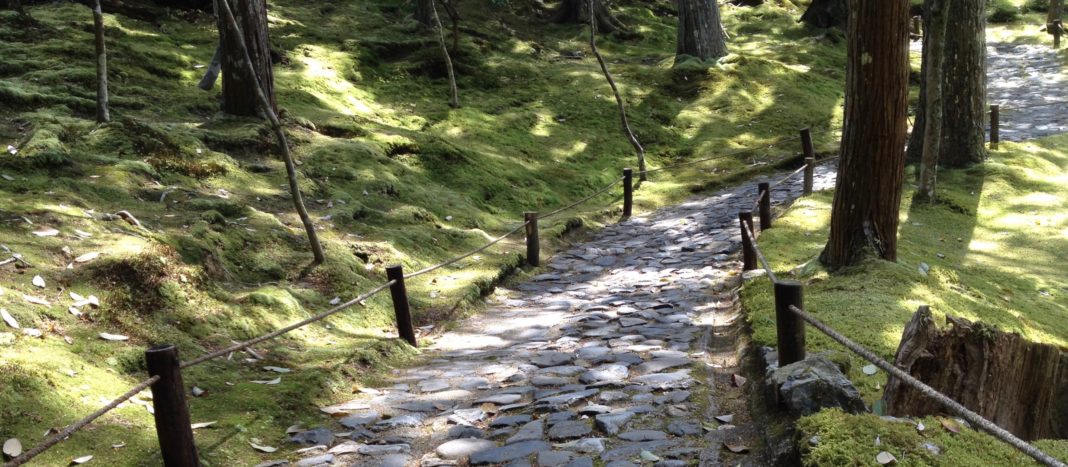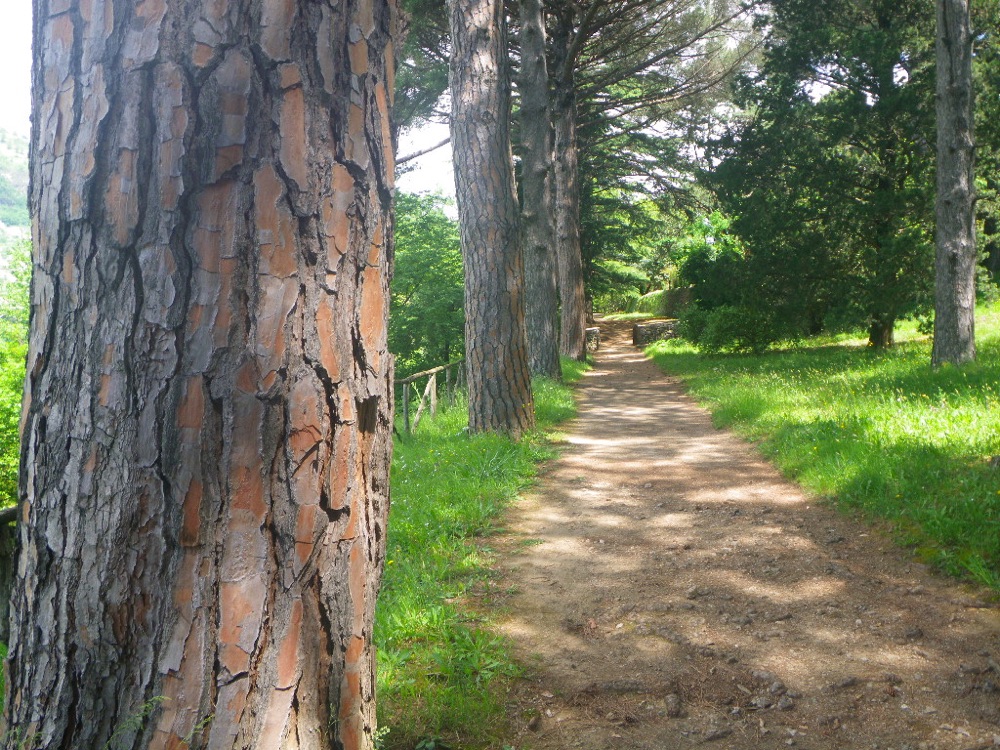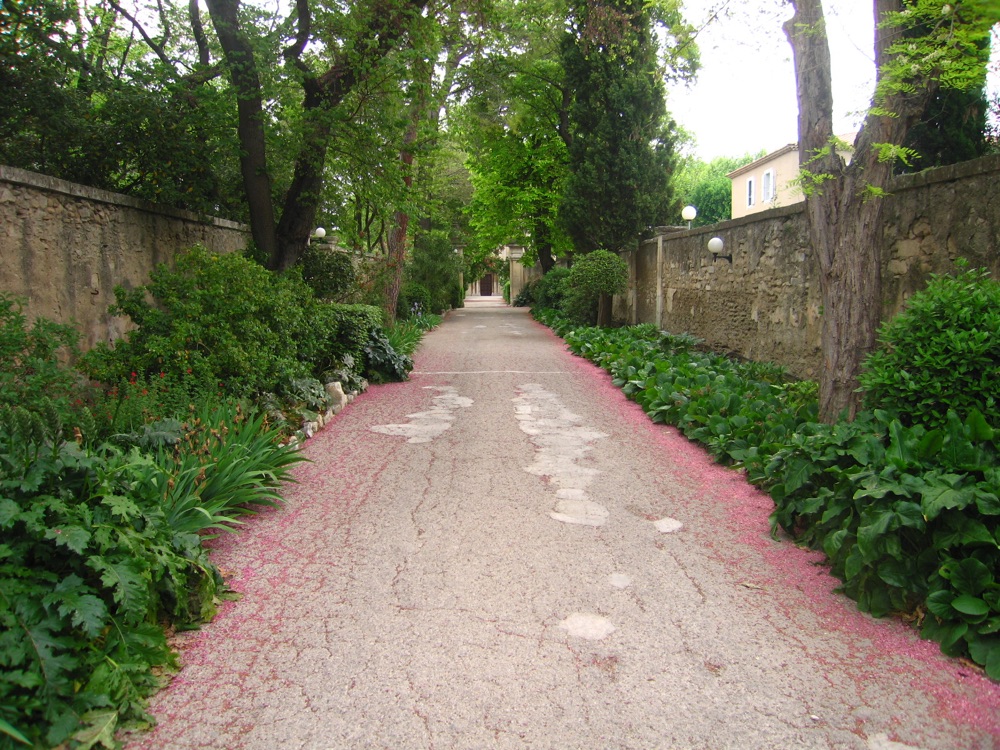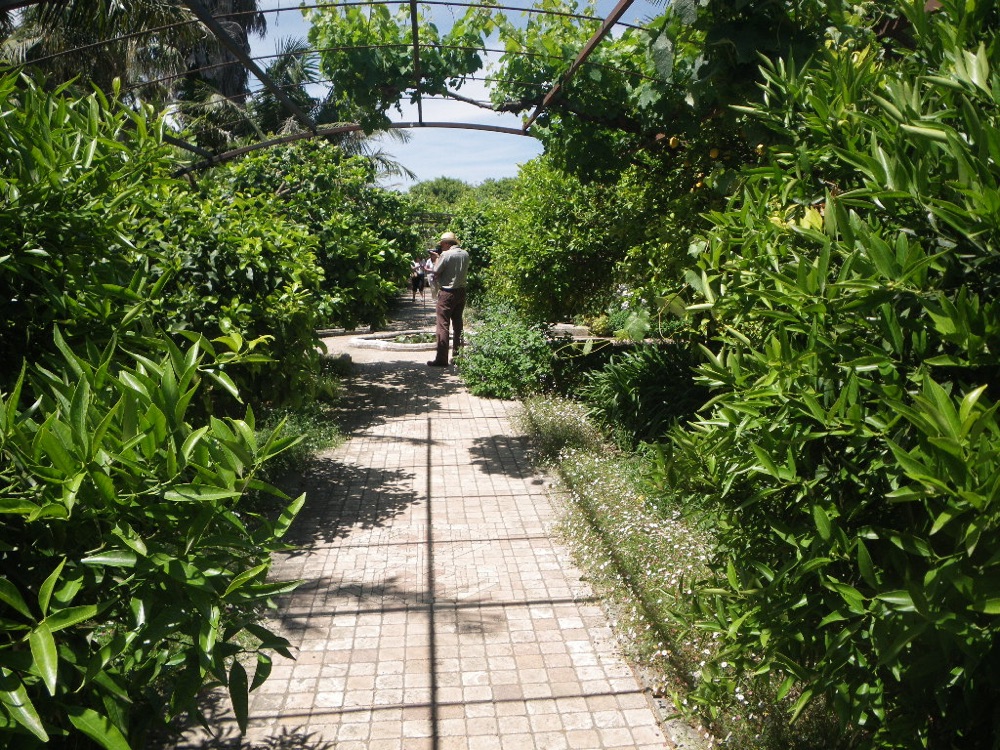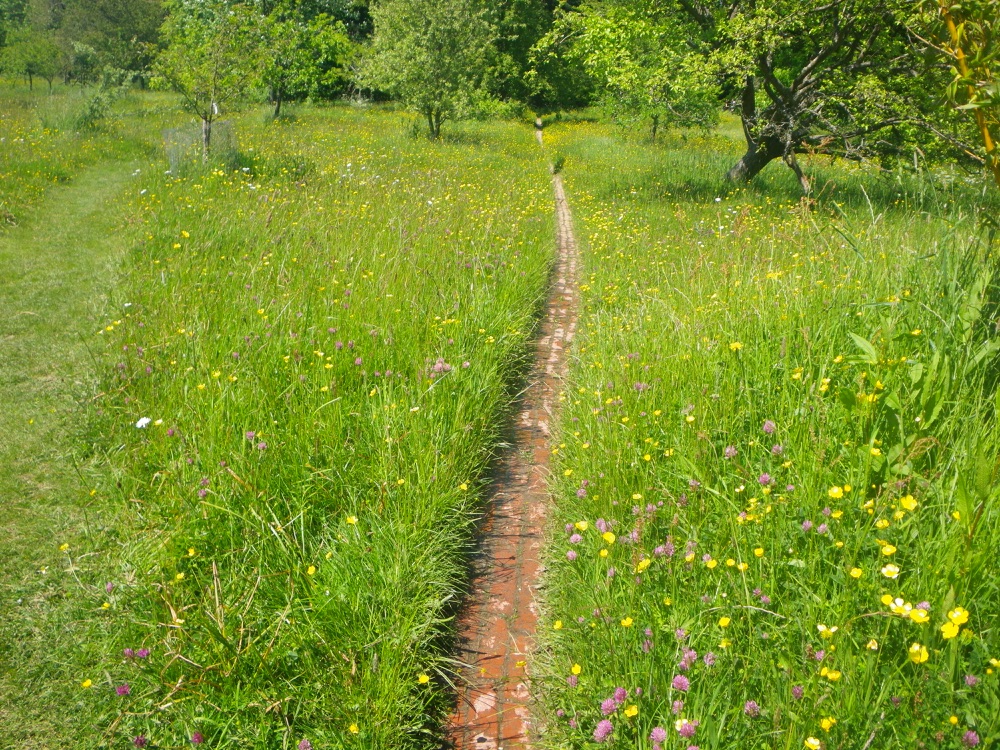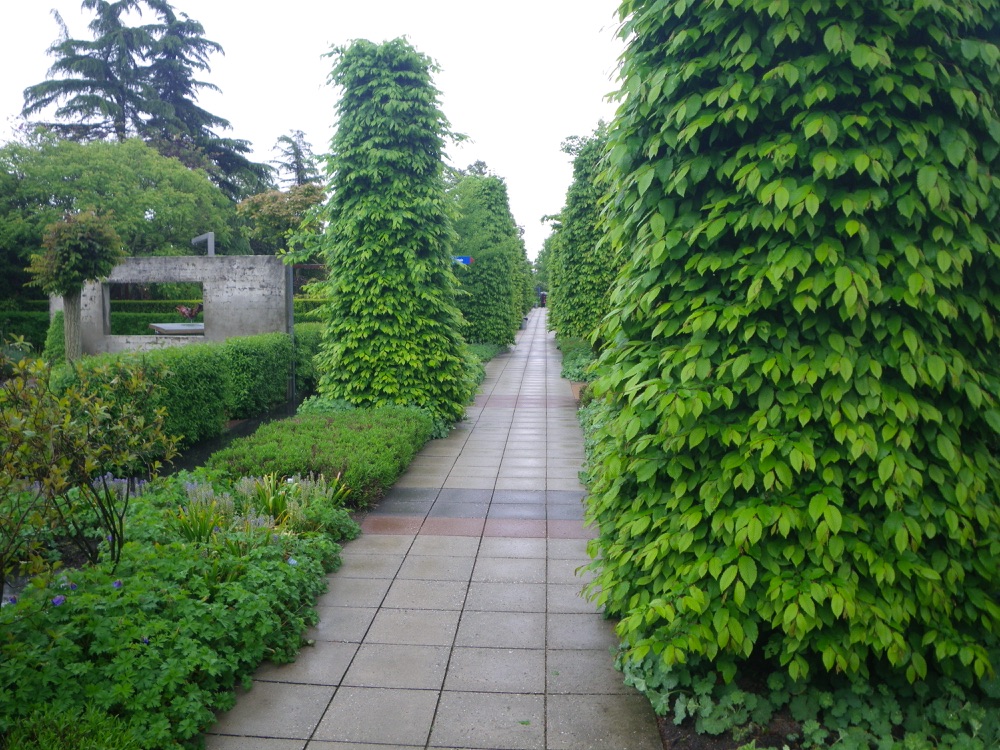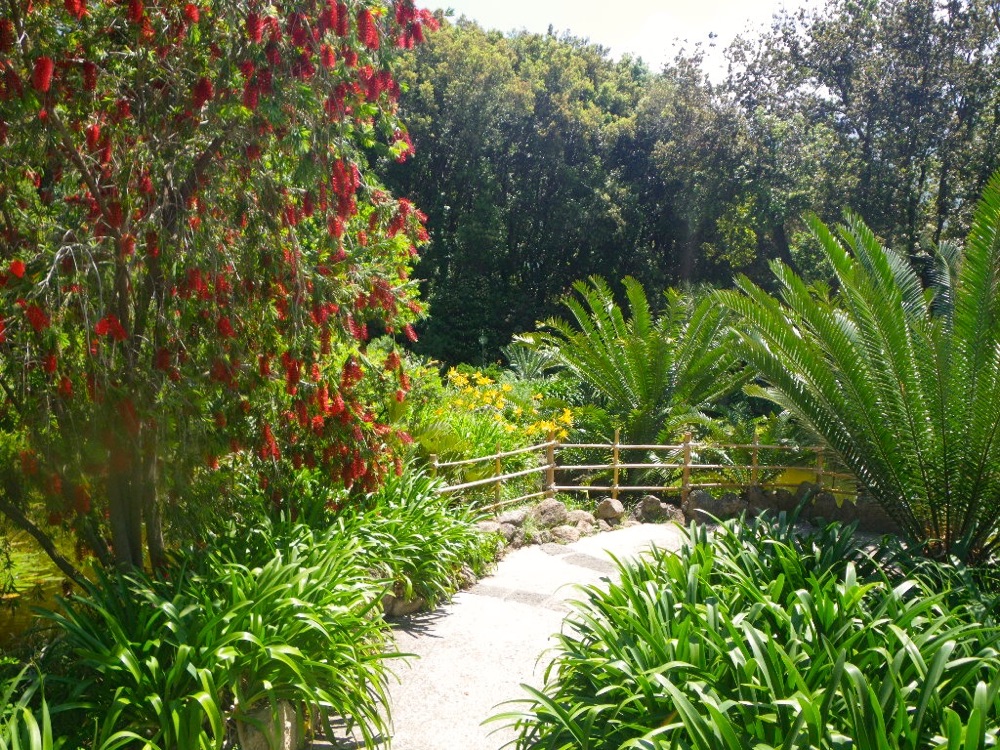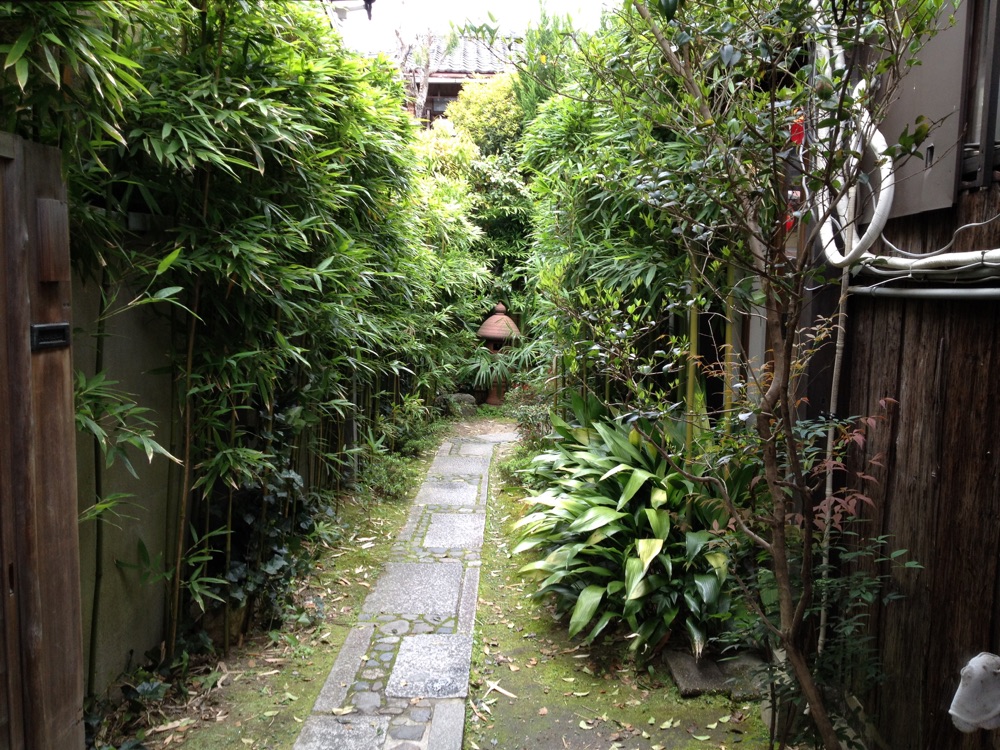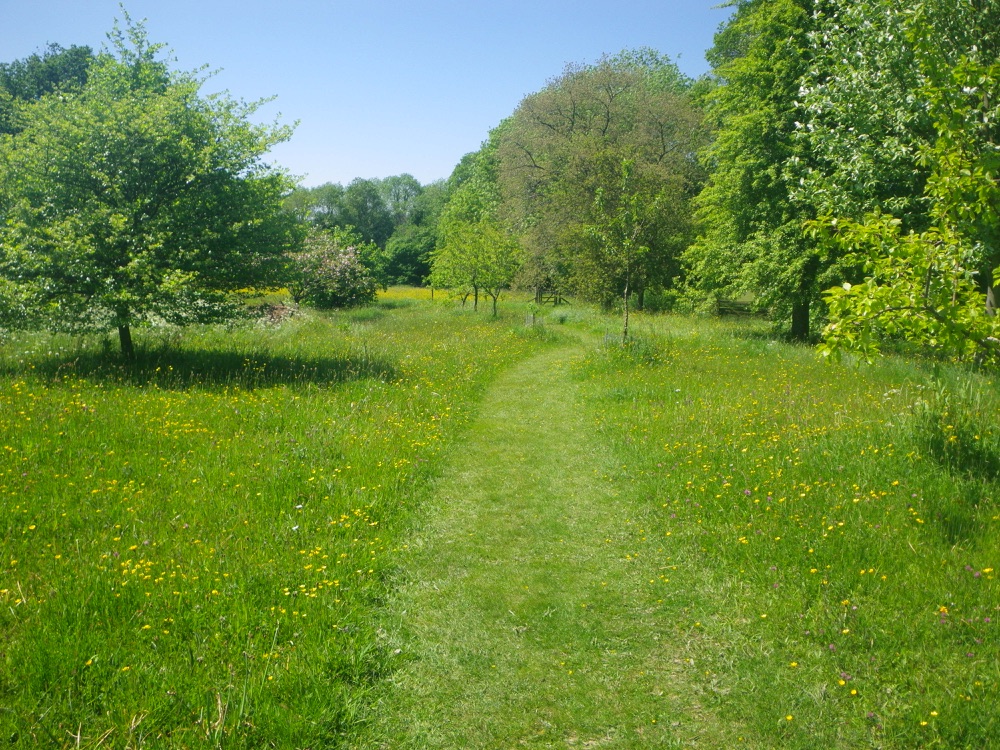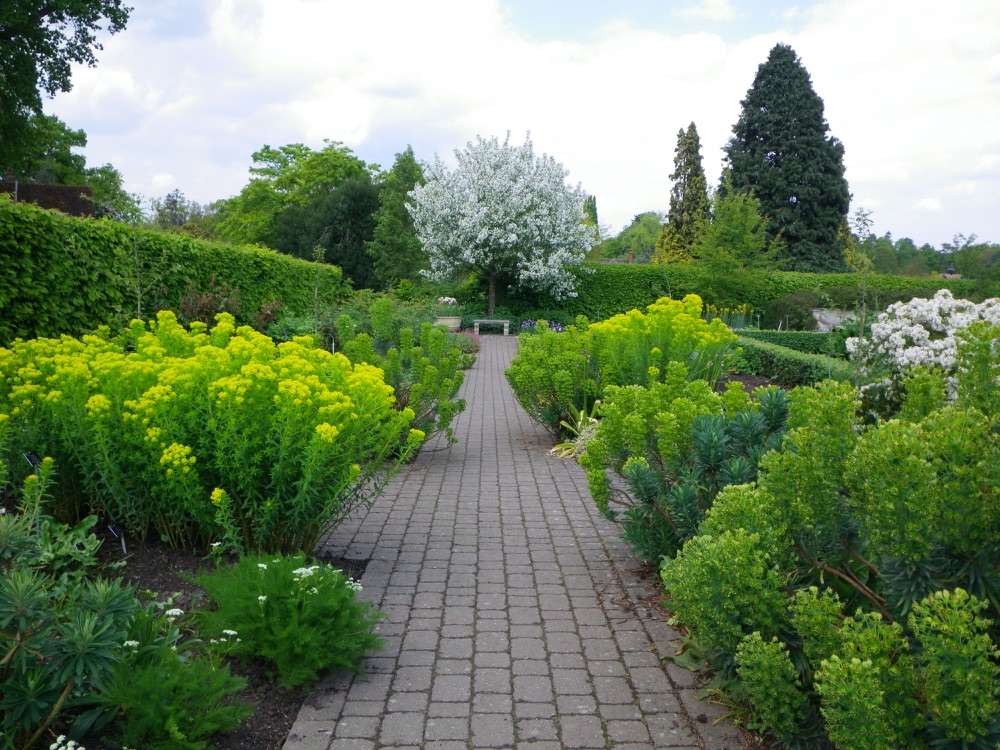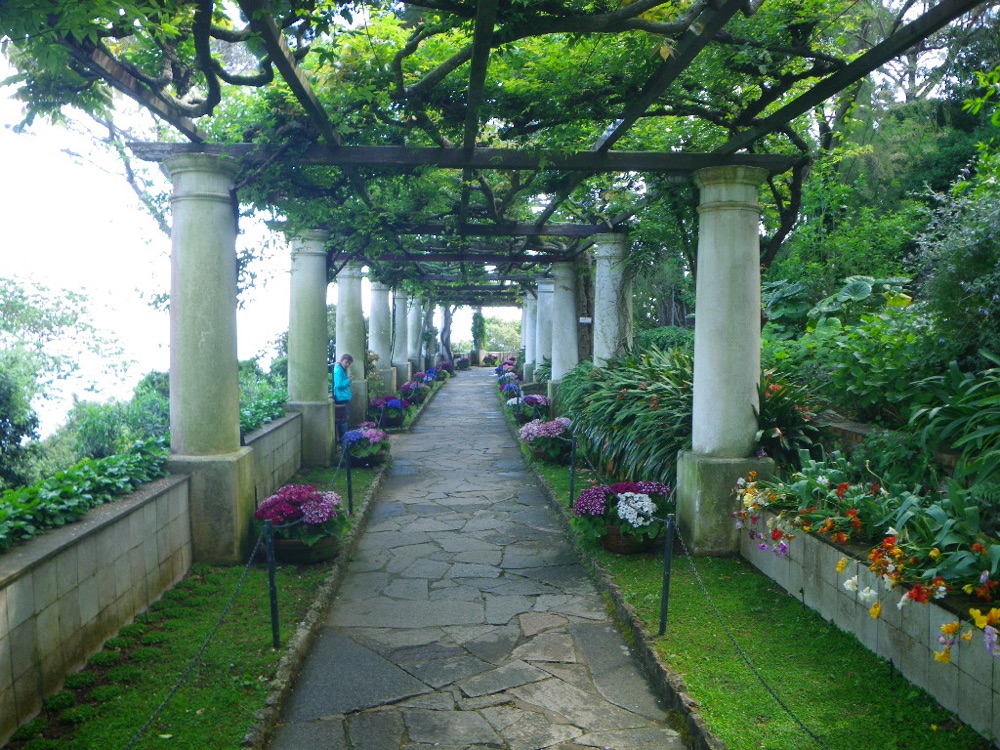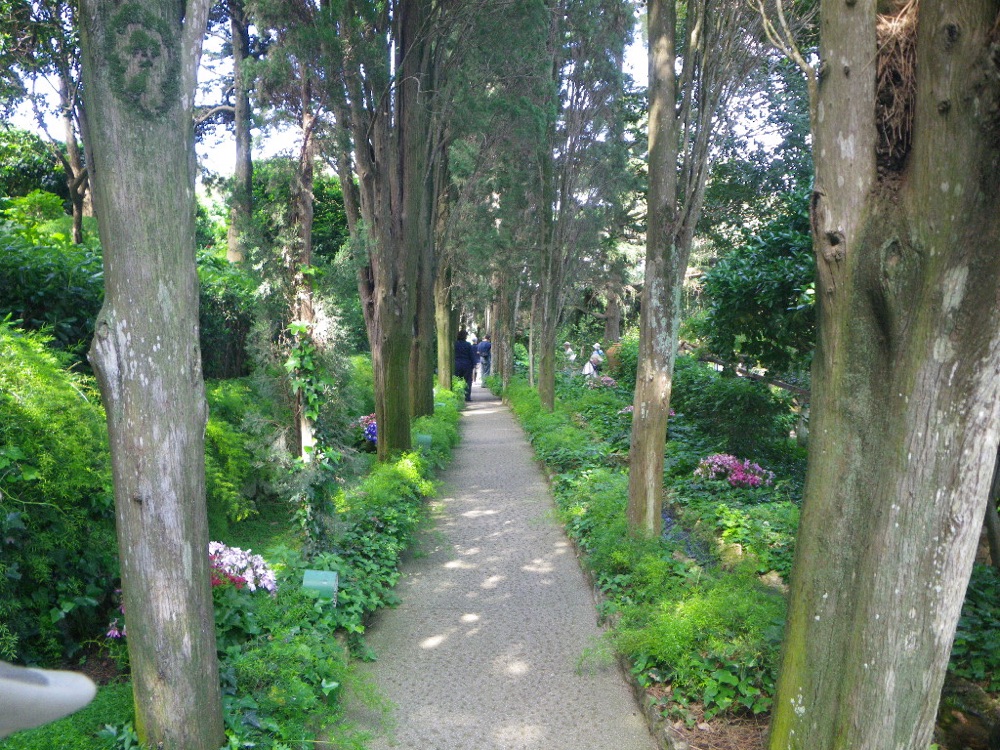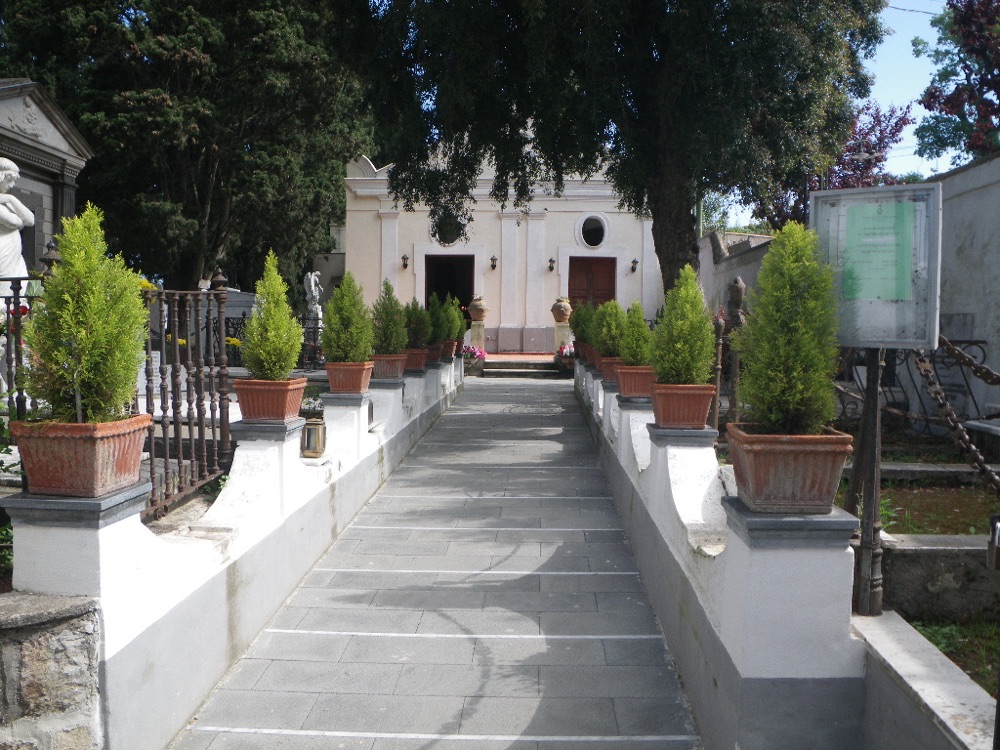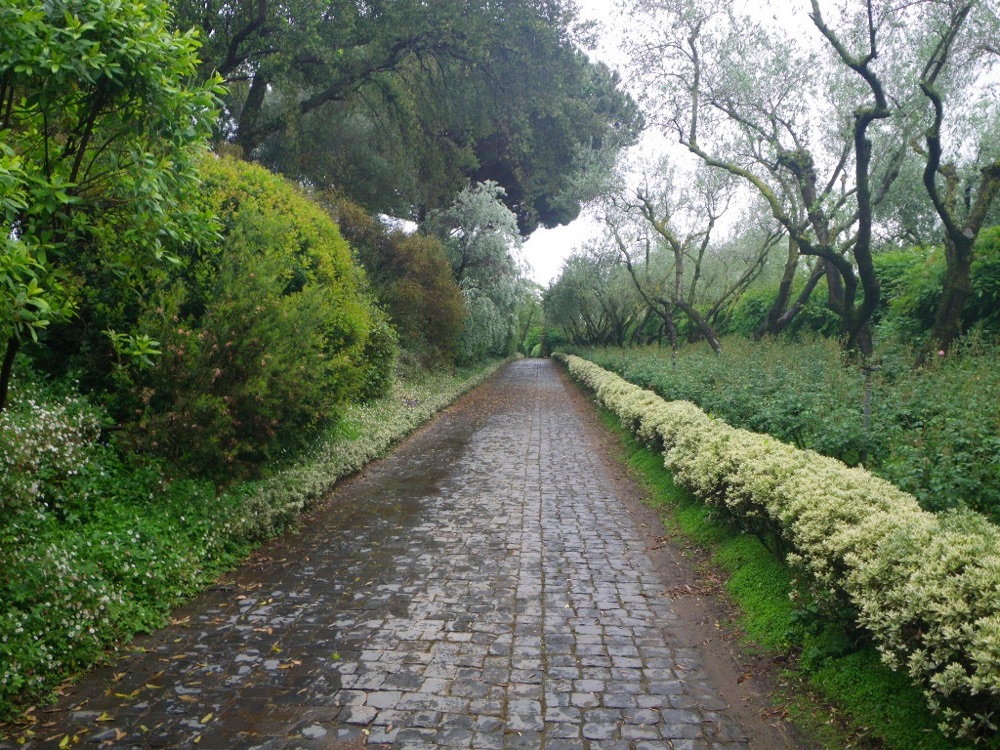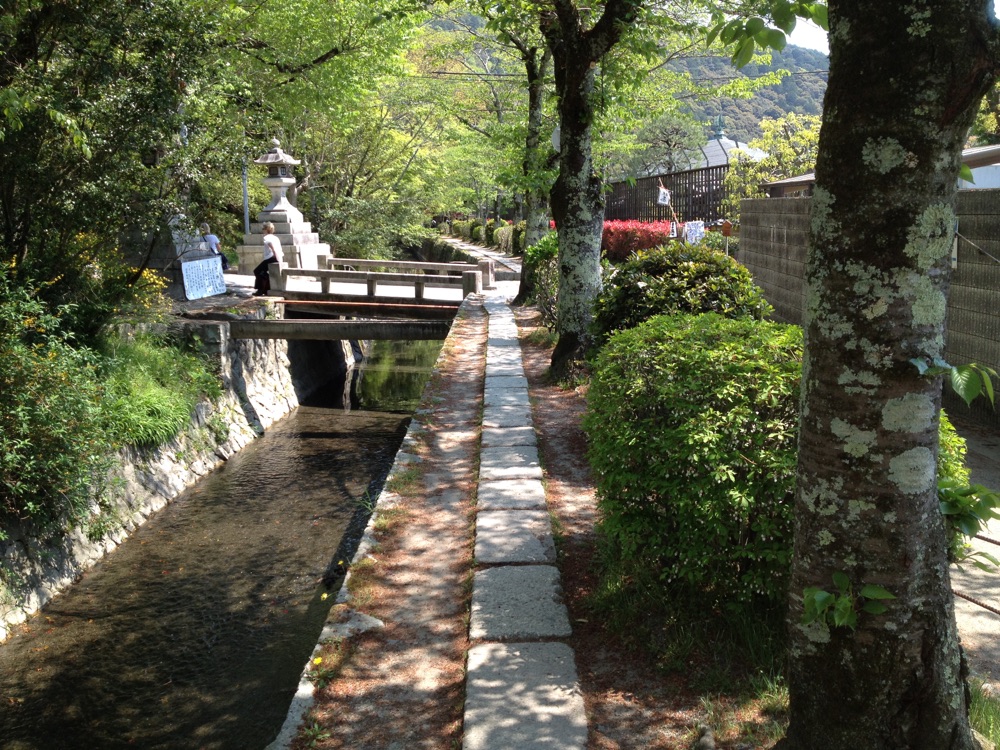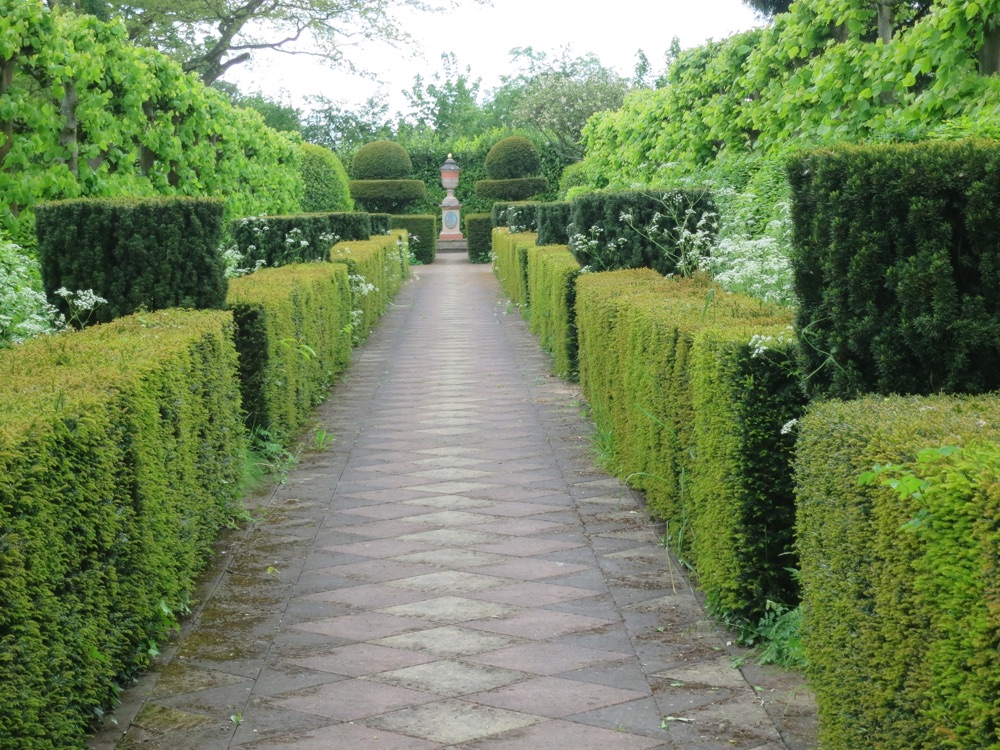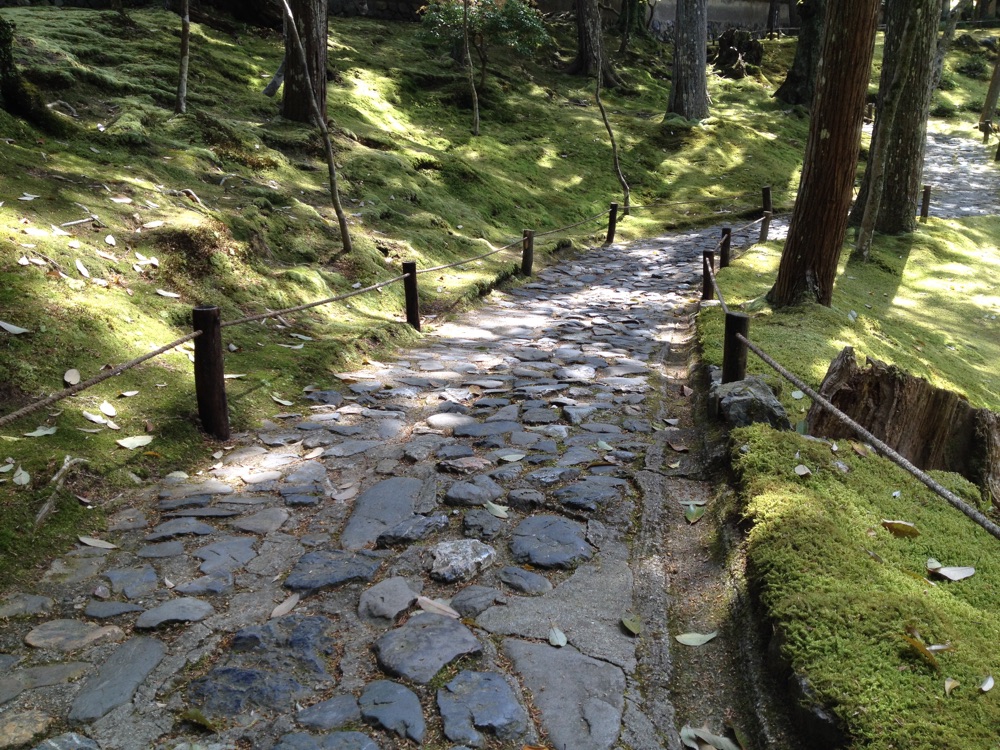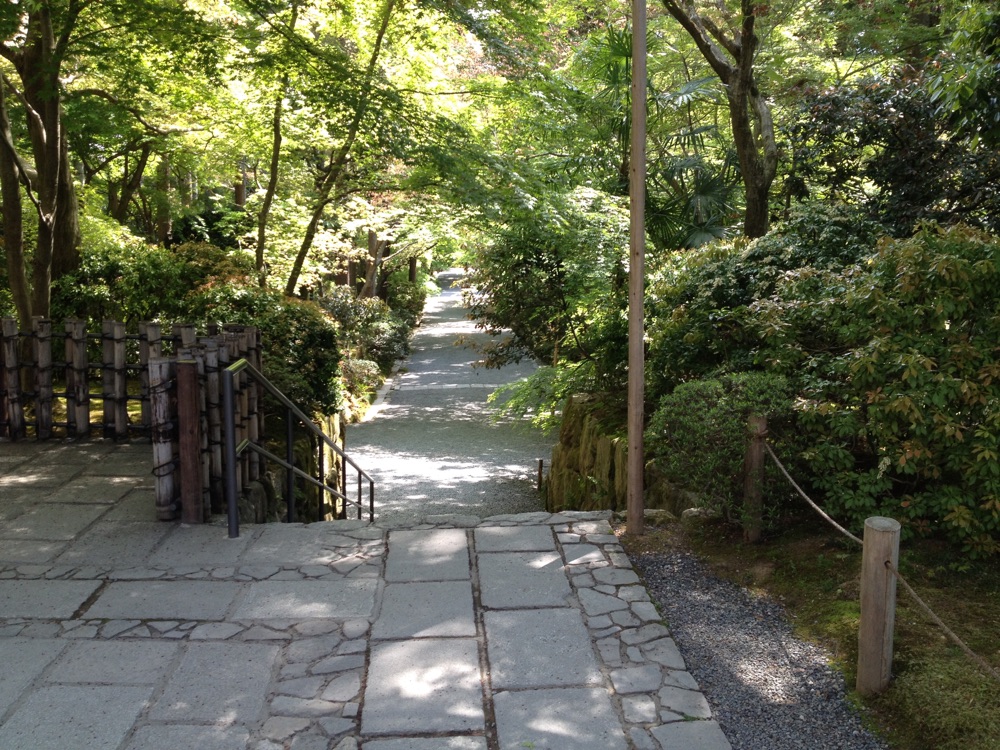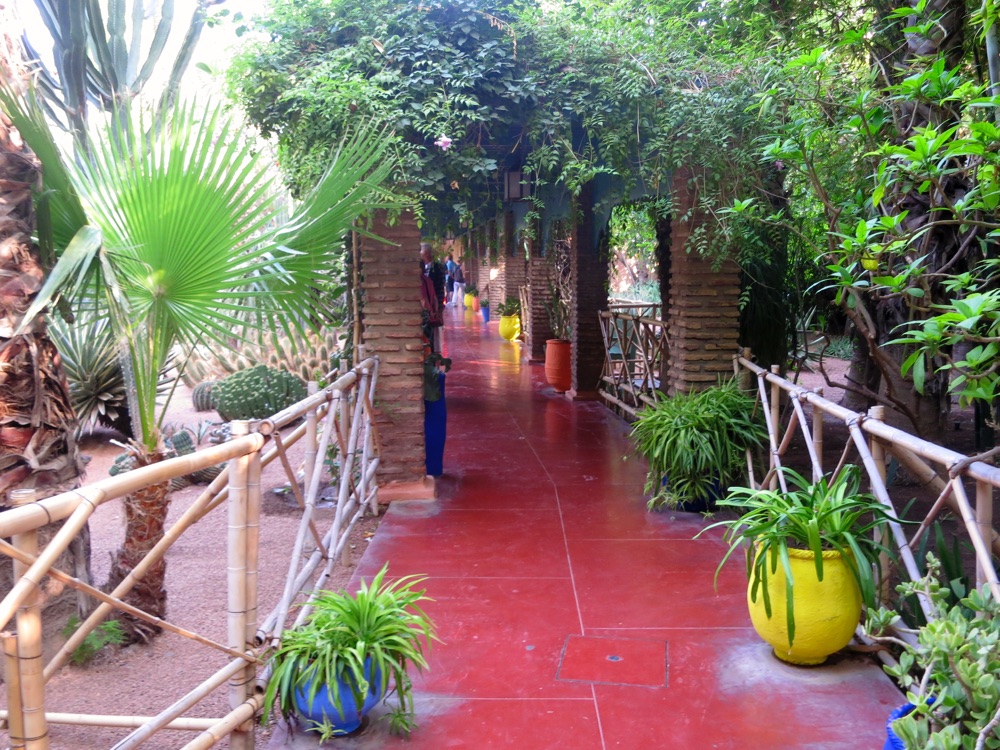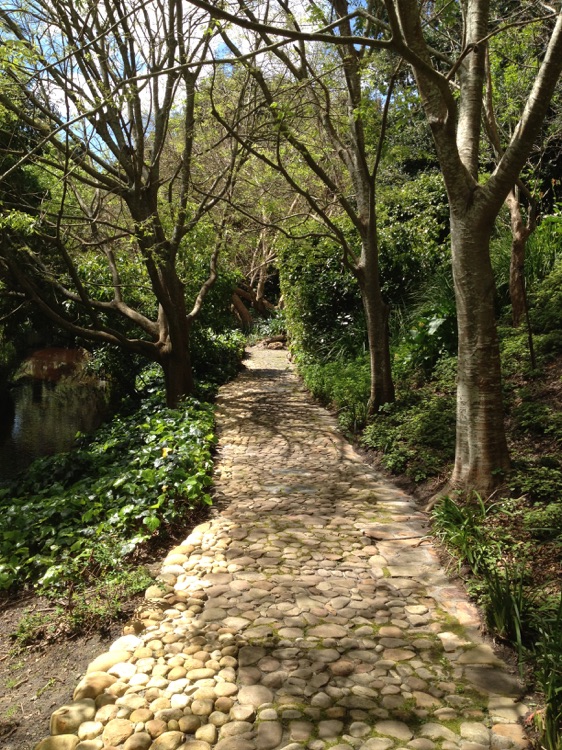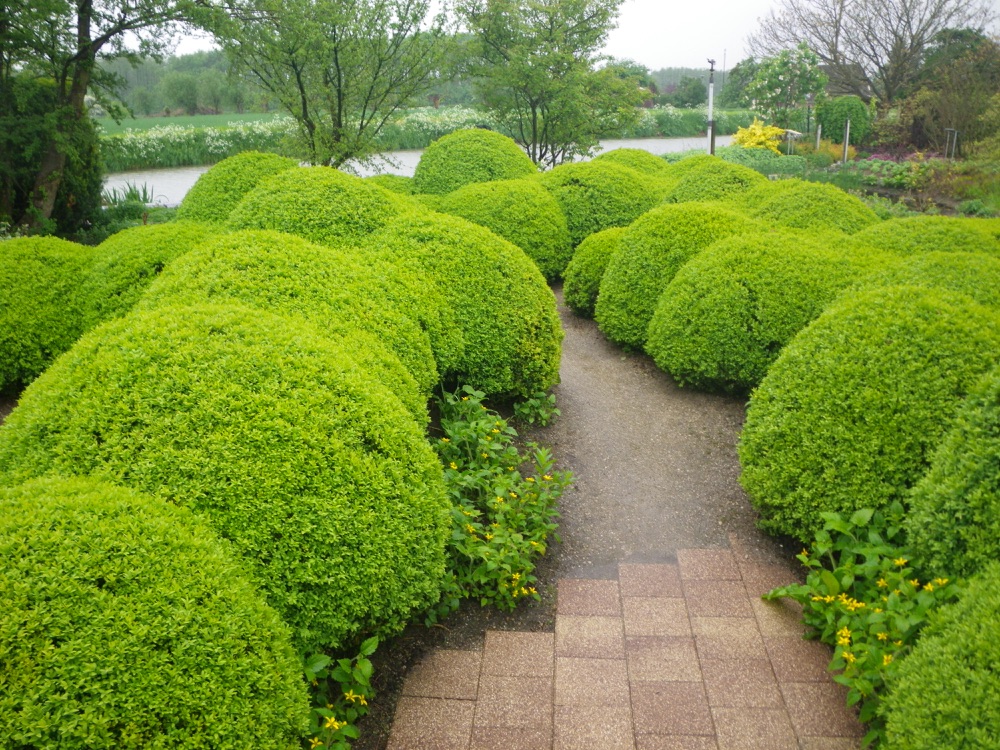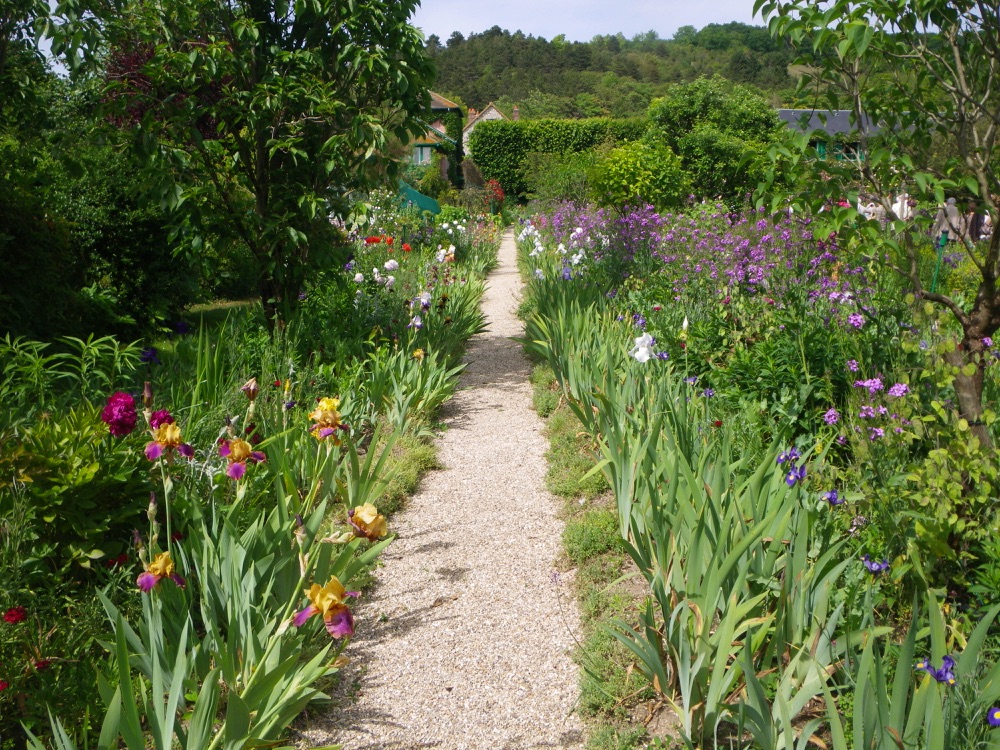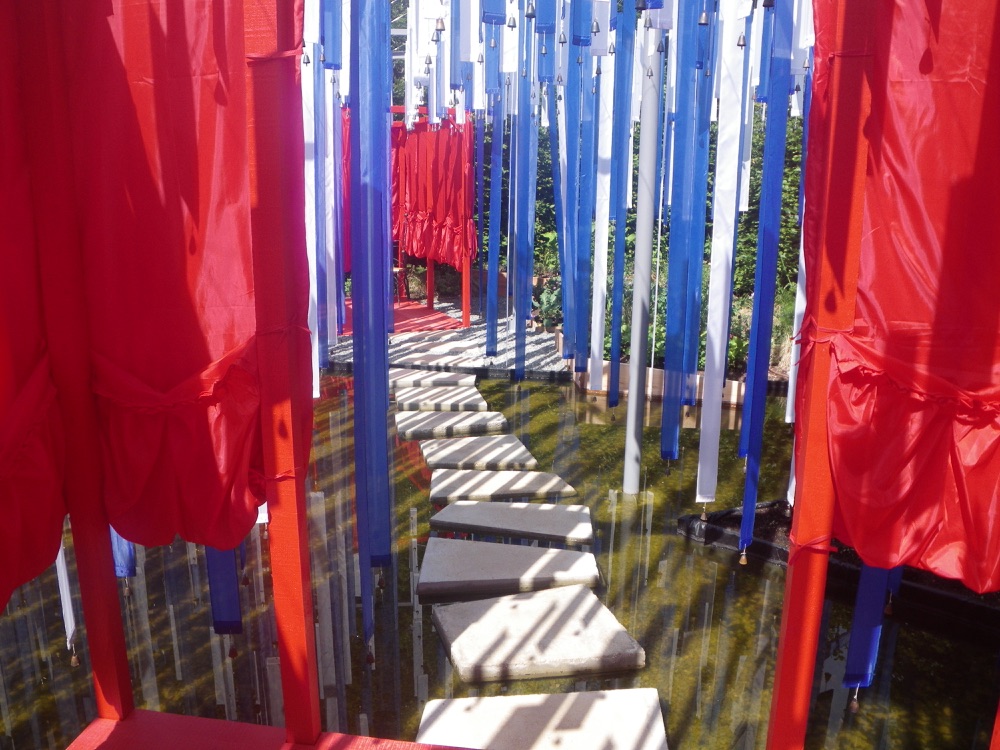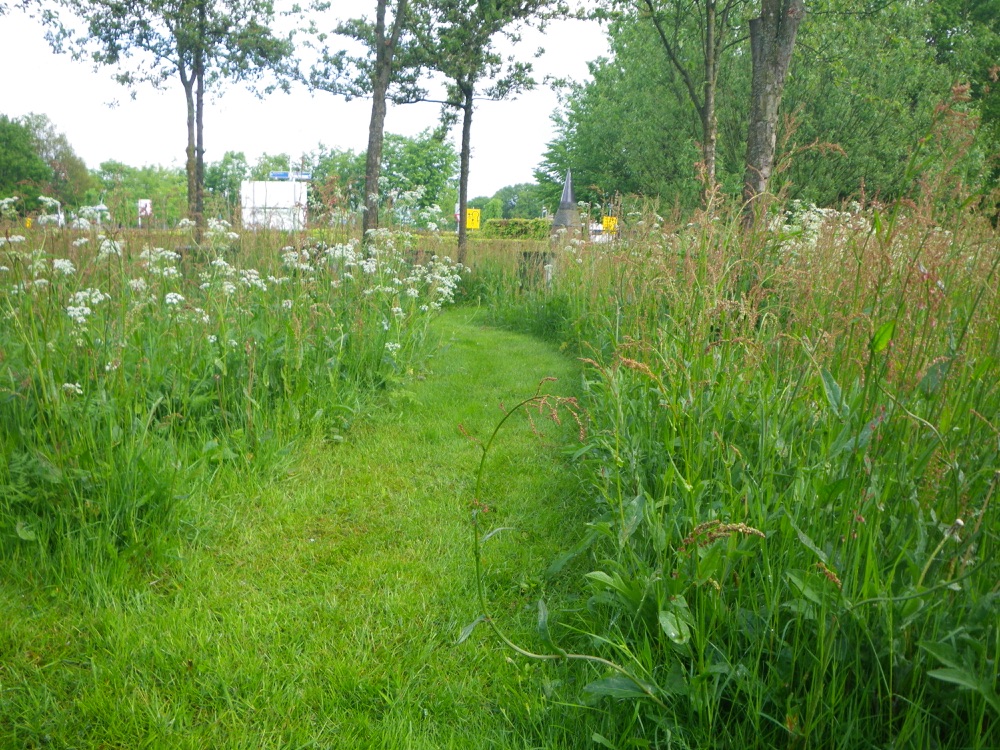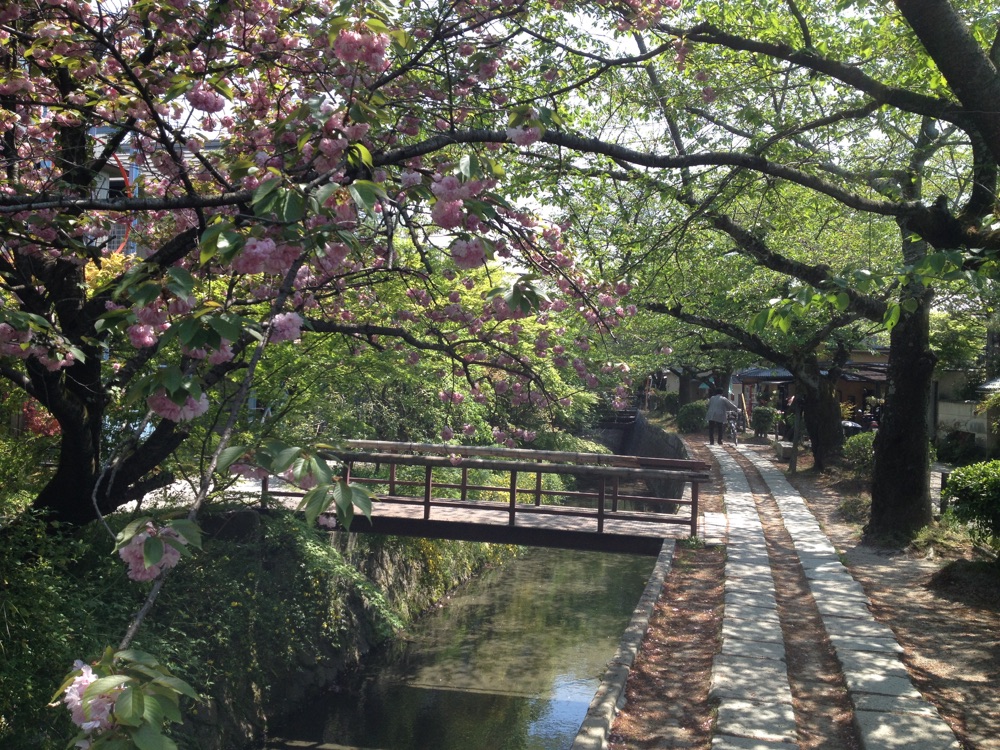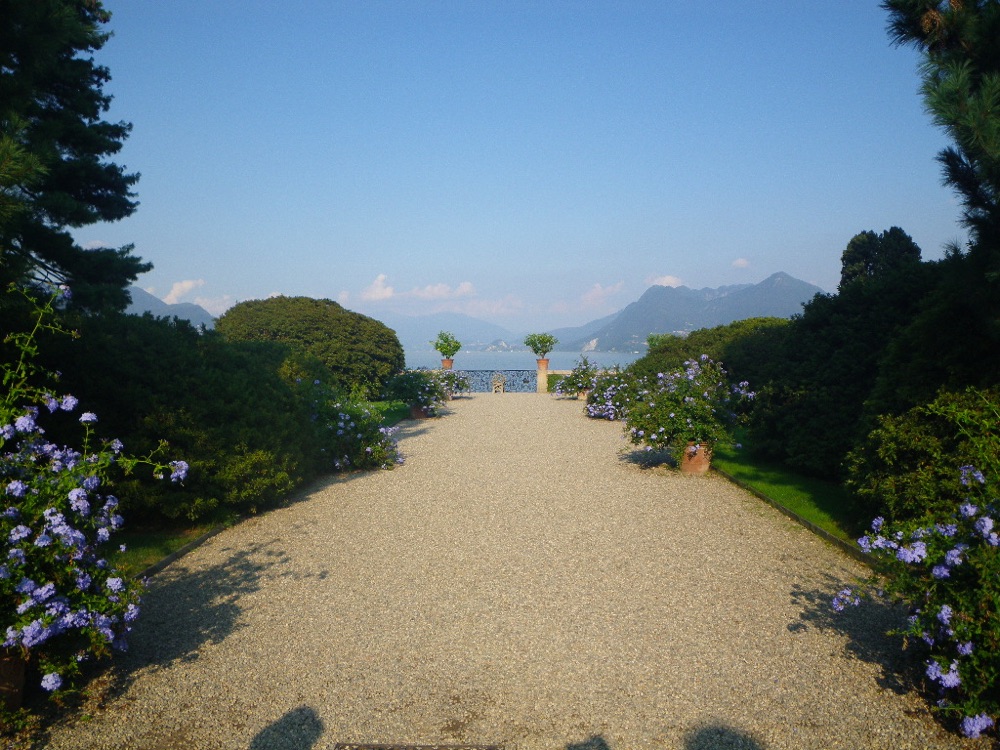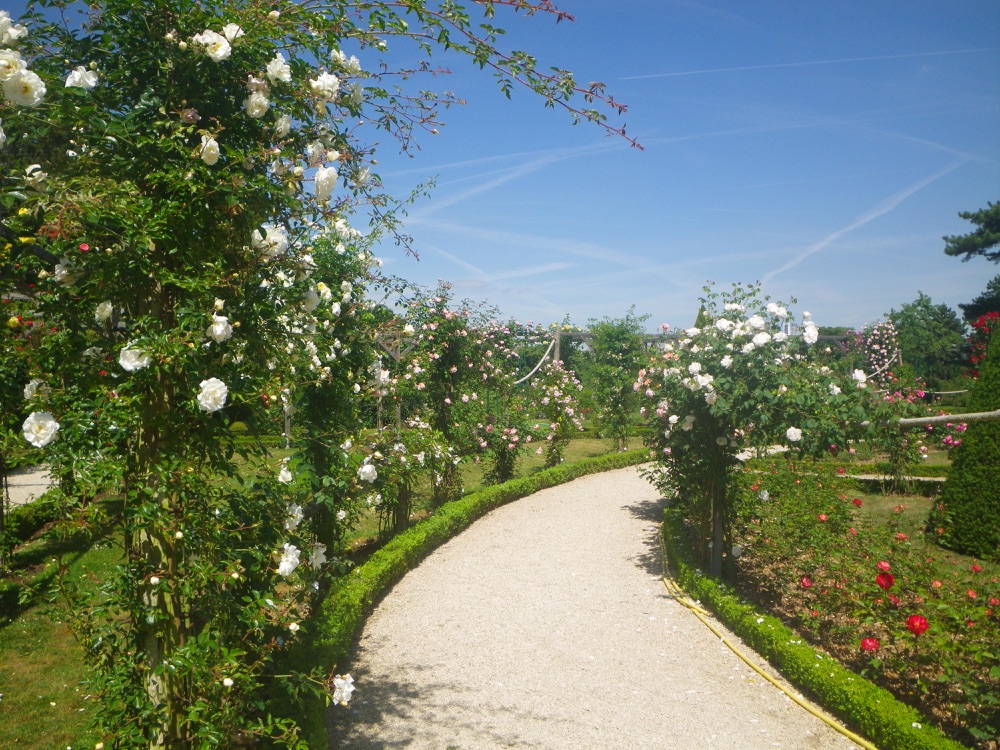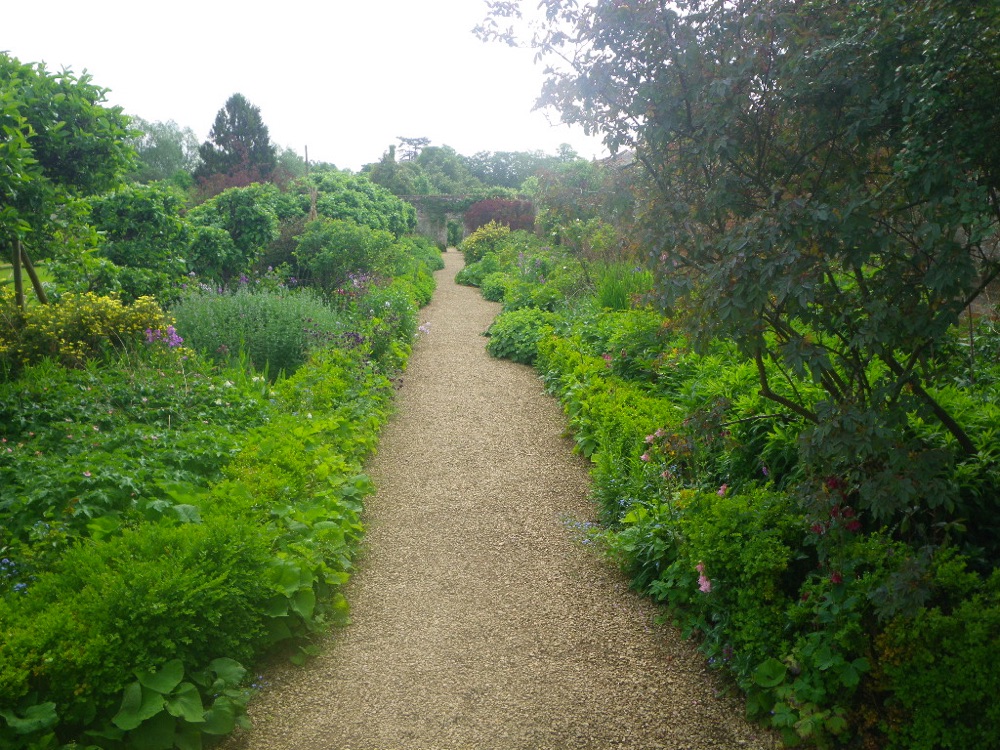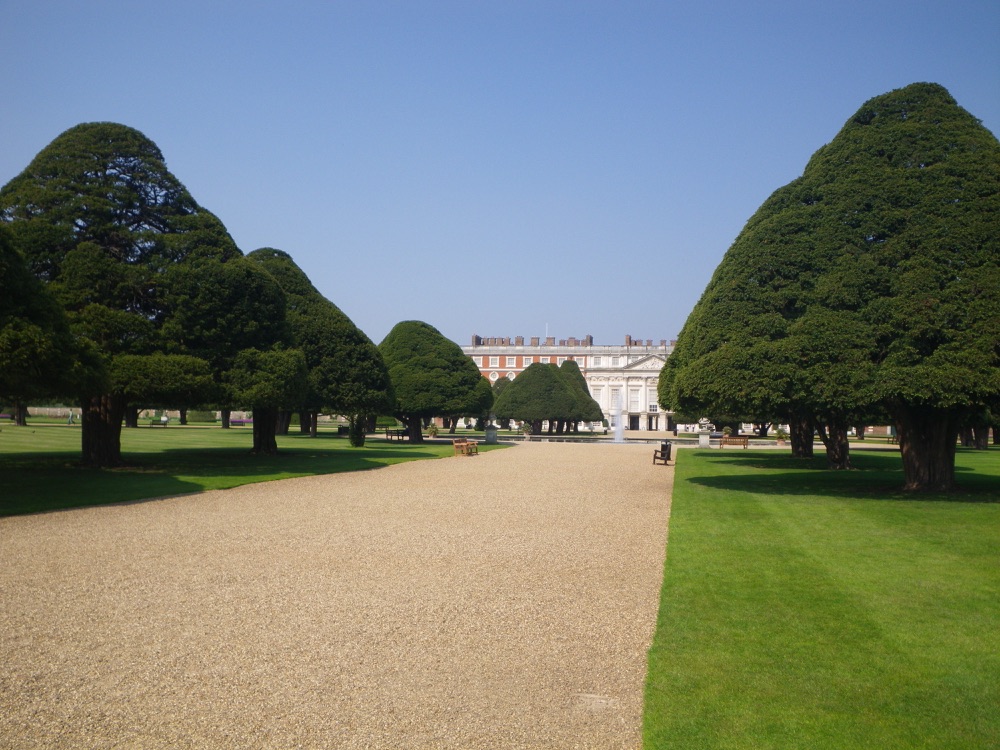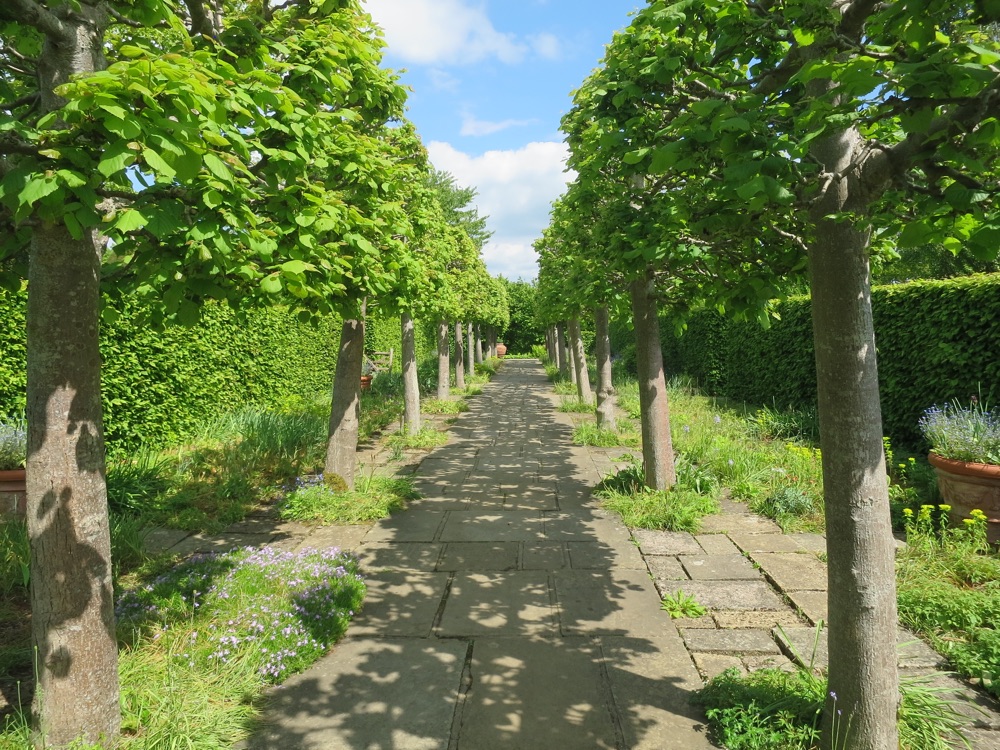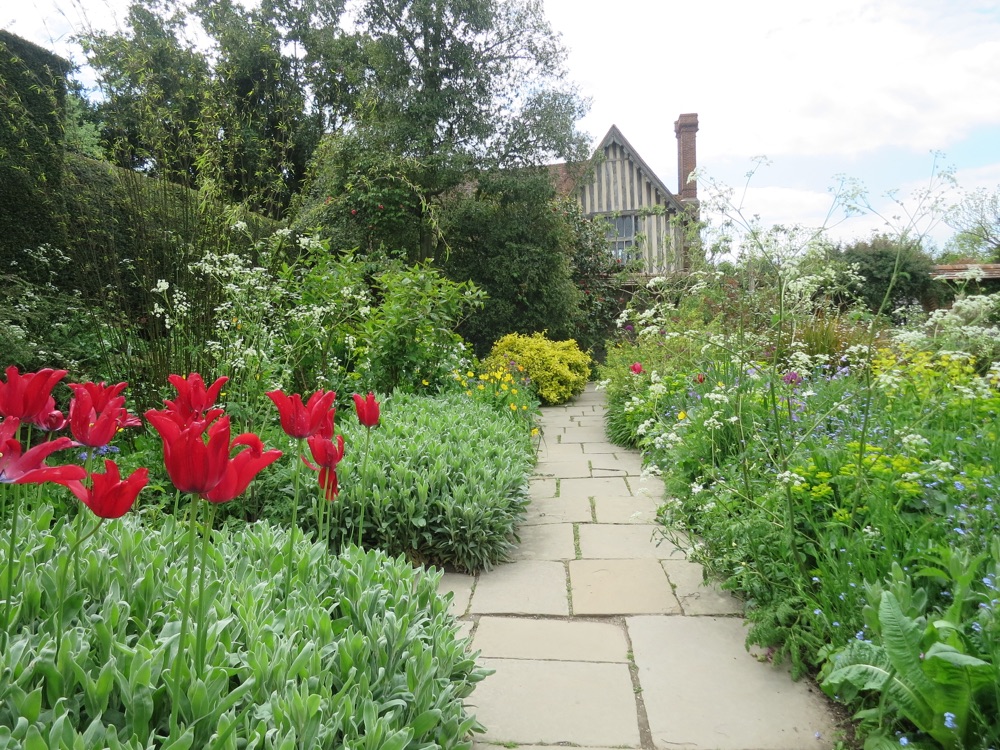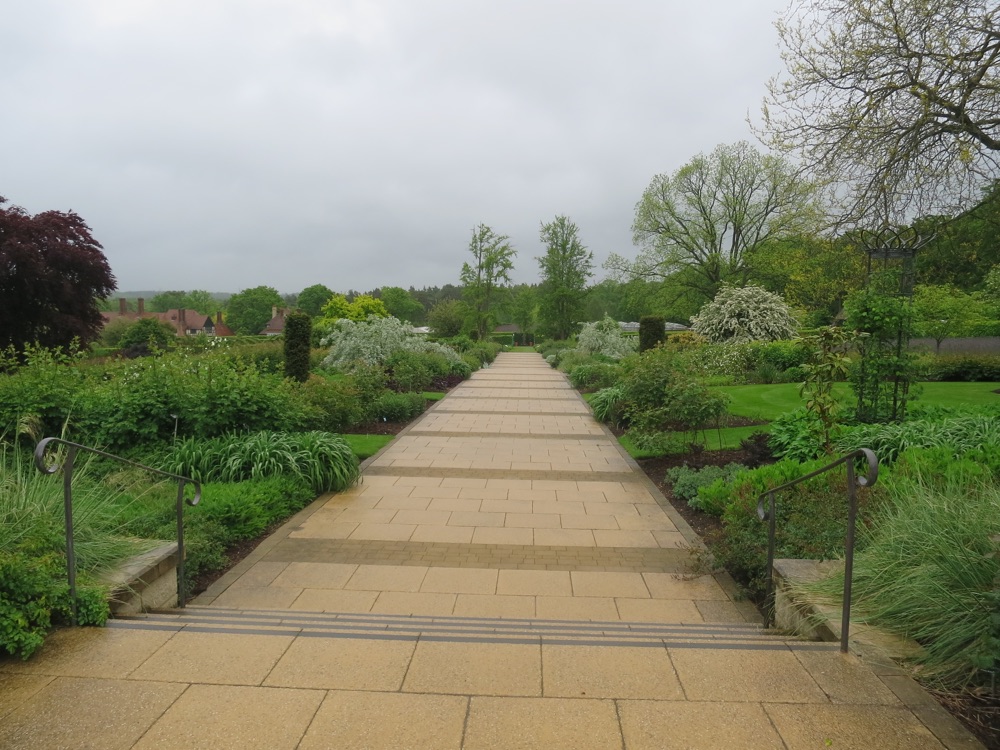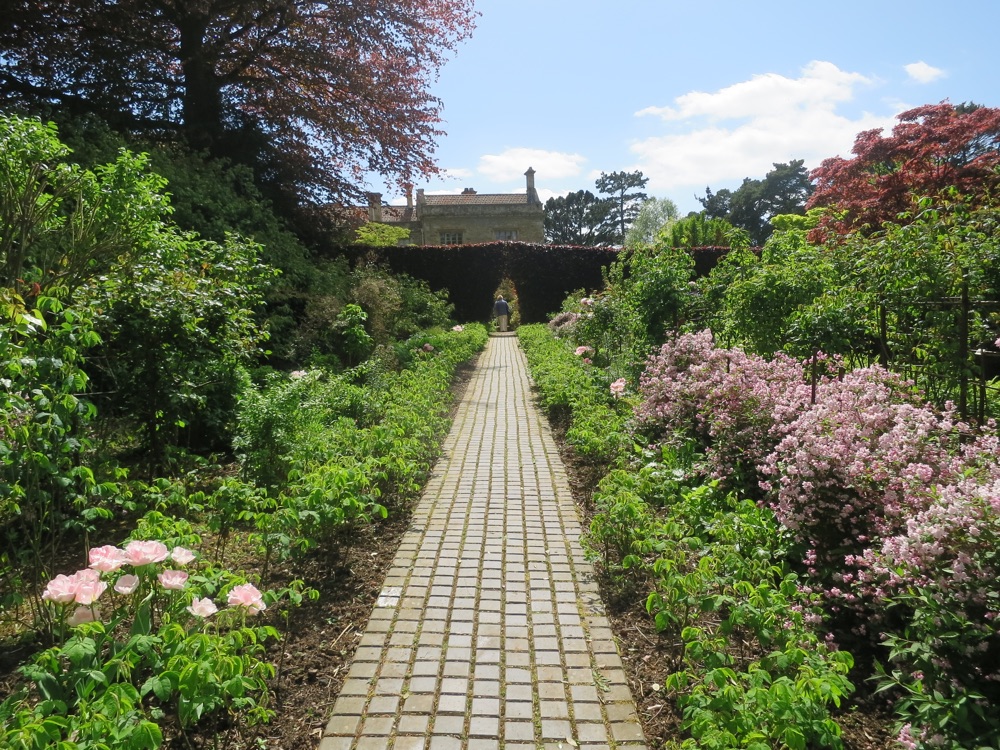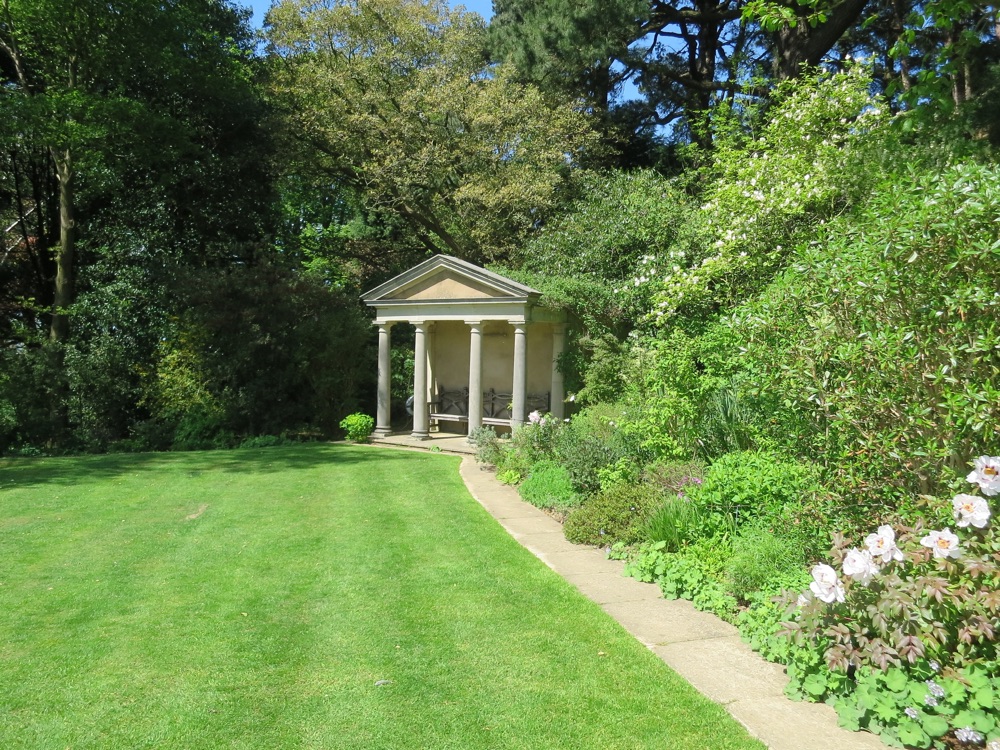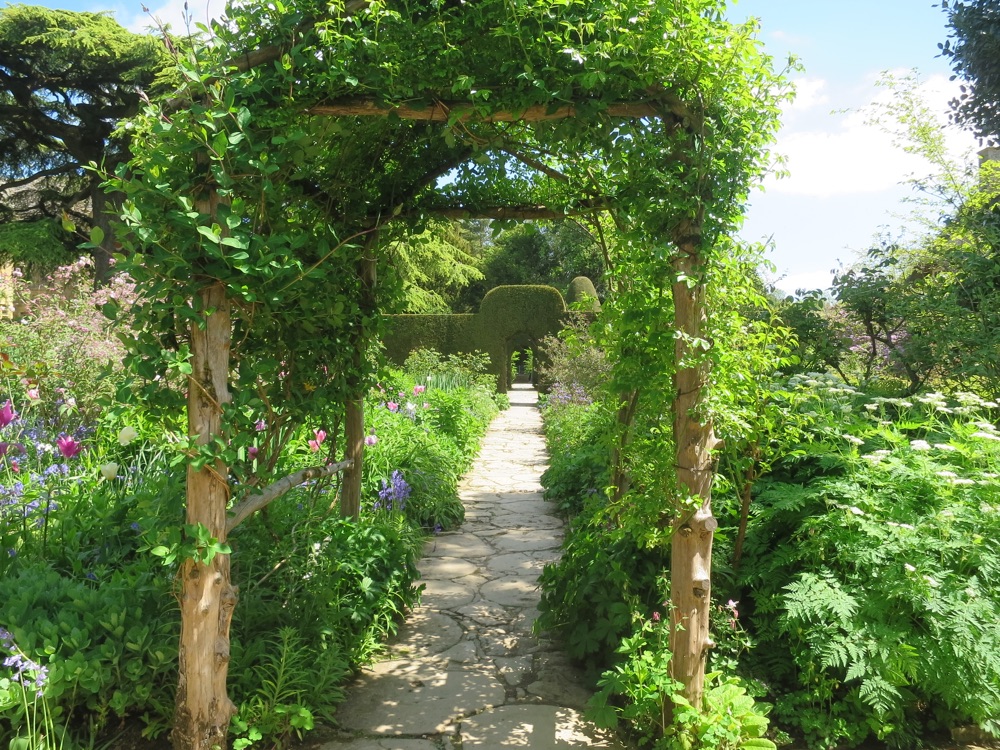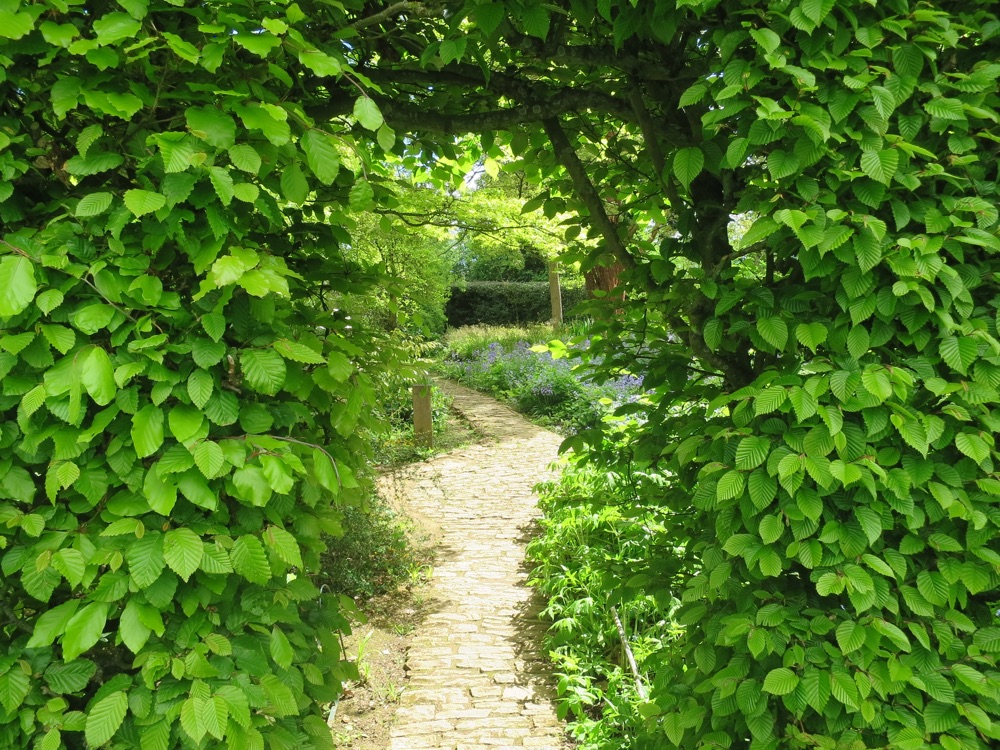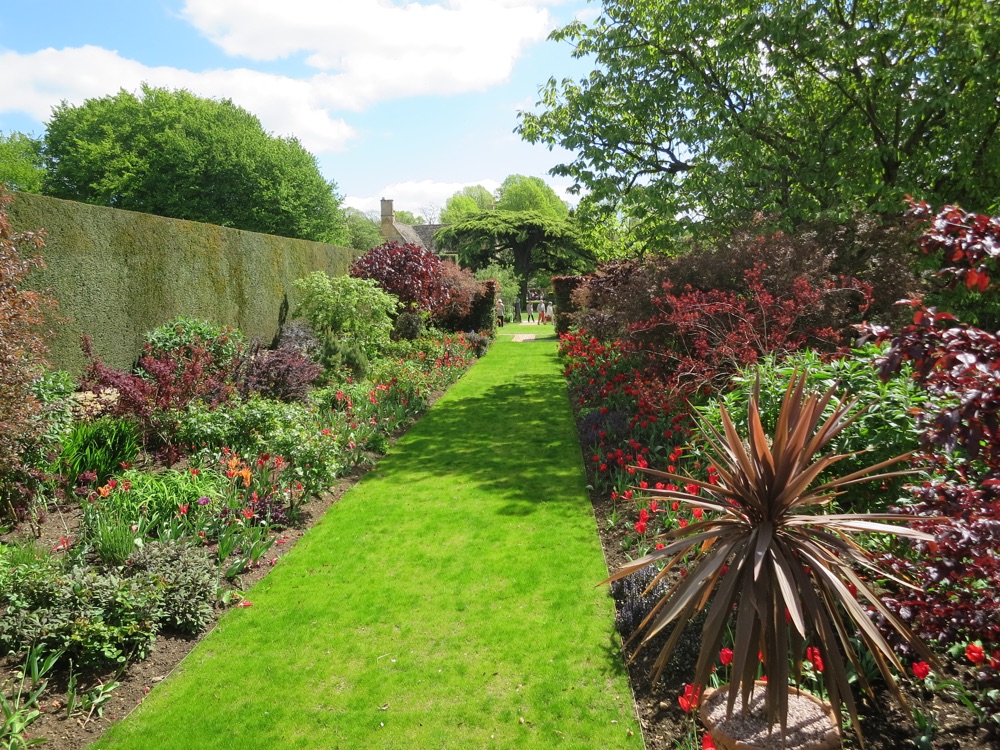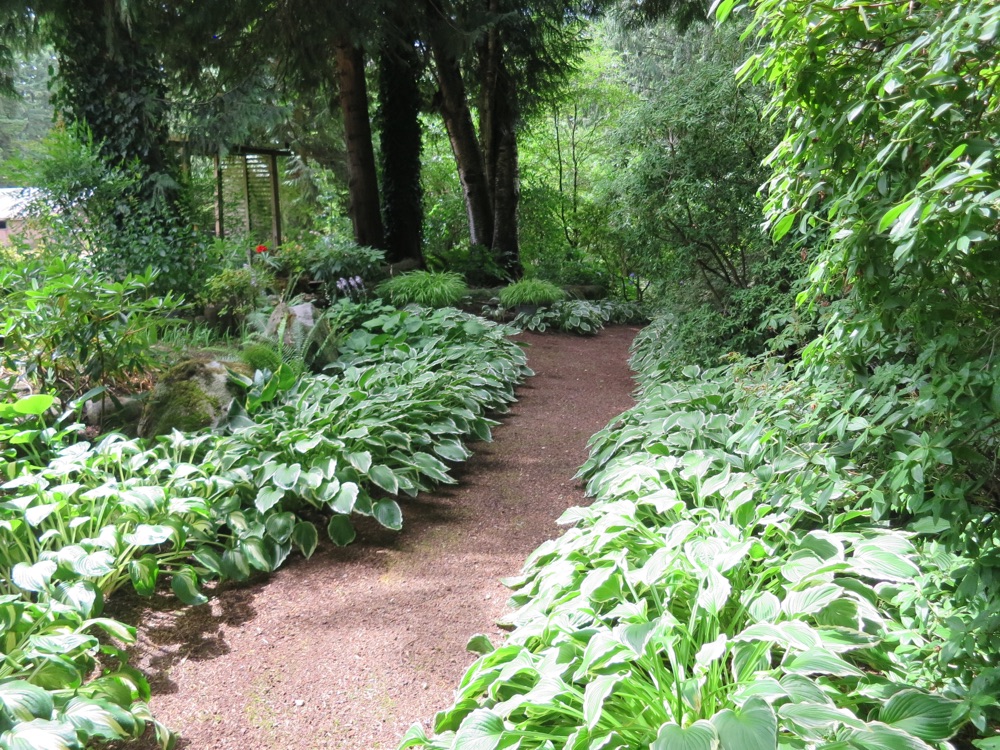At its most basic, a path is simply a route from one place to another, sometimes the shortest distance, sometimes taking you on a more scenic journey.
But a path in a garden is also a metaphor for transition – it can take you from darkness into light, from shade into sunshine, from a low point to higher ground, and almost always a path offers you a change of view and new perspective, another way of seeing things.
In his poem, The Road Not Taken, Robert Frost talks about two roads diverging in a wood, but he says he took the “one less travelled by” and that “made all the difference.”
 Indeed, taking a path, particularly one that invites us with a sense of intrigue, can make all the difference to our experience in the garden.
Indeed, taking a path, particularly one that invites us with a sense of intrigue, can make all the difference to our experience in the garden.
Paths can be broad – there is a concept in landscape design that a regular path should be wide enough to allow at least two people to walk side by side – or paths can be narrow, such as a slender one-person-wide footpath, mown through a grassy meadow.
Gravel paths add the dimension of sound as stones crunch underfoot. Brick paths add rhythm and visual interest when pavers are placed in intriguing patterns, such as herringbone or basket weave.
In classical Chinese gardens, paths to the ting (pavilion) were often made deliberately difficult to traverse in order to force you to pay attention to where you are putting your feet, the idea being that if your mind is occupied with the placement of your feet, it cannot also be thinking about problems and worries, which means you arrive at the ting with a mind emptied of cares.
In general, I believe paths should always lead somewhere. I am never very happy with a path that dead-ends without offering a reward, such as a view or a bench to rest on or a statue or piece of art to appreciate.
In some Japanese gardens, however, paths are sometimes made to deliberately dead-end to make the point that in life it is possible to make poor choices that take us nowhere and force us to turn back and retrace our steps and think again about the way we should go.
Below you will see some of the beautiful paths I’ve wandered down over the years. Perhaps you will see a style or an idea you can use in your own garden.
ON THE RIGHT PATH
View gallery of 37 paths below. Hover on slide to pause. Use arrows to go forward or back faster.
 Indeed, taking a path, particularly one that invites us with a sense of intrigue, can make all the difference to our experience in the garden.
Indeed, taking a path, particularly one that invites us with a sense of intrigue, can make all the difference to our experience in the garden.